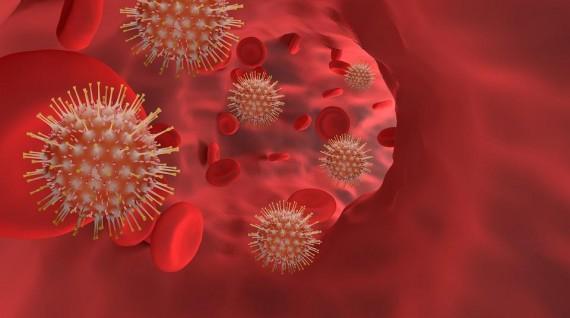In a recent study, a team of scientists from the Qatar Environment & Energy Research Institute (QEERI) at Hamad Bin Khalifa University and Transvalor S.A., France, found that including meteorological factors, with ultraviolet (UV) radiation as the main driver, can more accurately model Covid-19 transmission. A growing body of research suggests that the environment may have an impact on how Covid-19 spreads, however it is unknown to what extent risk and transmission are affected. Studies on the consequences of climate change have been sparse or poorly controlled; for instance, they have overlooked socioeconomic aspects or simply examined a small number of climatic parameters.
In the current publication, the researchers used socioeconomic, environmental, and global health characteristics as control variables to analyse data on reported Covid-19 cases during a 14-month period in 196 countries. They created three distinct analytical frameworks, including statistical, machine learning, and econometric, to model the possible contributions of climate to confirmed case numbers.
The findings suggest that while increased testing, lockdown compliance, and disease susceptibility are the most effective measures to stop the spread of Covid-19, UV radiation is the climate factor most strongly correlated with the spread of the virus, with higher UV radiation being associated with lower transmission. Differences in results between the three analytic techniques for other meteorological and air quality parameters, such as temperature, absolute humidity, and sun radiation, highlighted how challenging it is to comprehend the linkages.
For instance, the machine learning study found a positive correlation between humidity and Covid-19 spread whereas the econometric analysis found a negative correlation. In the statistical study, the temperature had a relatively negative correlation with Covid-19, but in the machine learning and econometric studies, it had a positive correlation with Covid-19 transmission.
The authors come to the conclusion that UV light is the climatic component that has the greatest influence on Covid-19 transmission using all approaches. This may aid in improving seasonal or weather-based transmission estimates and informing future pandemic response strategies that lessen the financial toll of total lockdowns. They note that there is ample proof that UV radiation can successfully eradicate SARS-CoV-2 and other coronaviruses, which supports their claim.
The authors add: “The impact of climate on Covid-19 transmission rates has been the subject of many studies, but it is still poorly understood. In our study, we demonstrated that meteorological factors play a key role in statistical, machine learning and econometric analyses of Covid-19 risk, with ultraviolet radiation (UV) as the main driver.”





